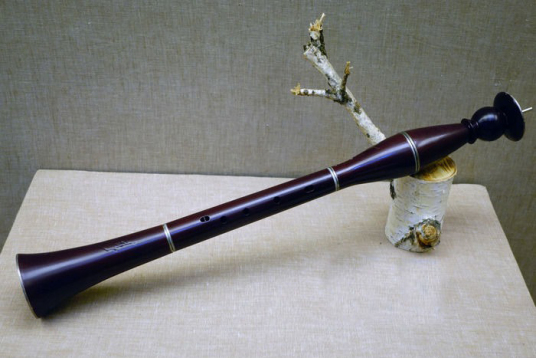The development history of Hu Jia
Hujia is a fringe air-sounding instrument, a kind of musical instrument of the ancient northern peoples in my country.

In Fu Xuan's "Preface to Jia Fu" in the Western Jin Dynasty, there is a sentence: "Jia leaves are the sound". The word "Jia" was the word "Jia" in the Han Dynasty. "Shuowen" contains: "Jia, reed is not yet beautiful", "Reed, big Jia also." Jin Dynasty Guo Pu said: Jia, reed, reed three words refer to the same plant. The original Hu Jia was used in wars. At the time of the Western Han Dynasty, it was widely popular in the northern and western regions.
With the development of society, various forms of Hujia appeared in history. First, the tube body of the reed tube was changed to the tube body of the reed pole. The reed is still one piece, the difference is that there is no sound hole on the tube. Since then, there have been hujas with separate reeds and tubes, which are still made of reed tubes. When the reeds are worn out, they can be replaced at any time without replacing the tube body.
There were two kinds of Hu Jia in the Han Dynasty. One is the huja with the tube body and the spring separated, made of reeds (there are also wooden tube bodies), and three holes on the tube, which are popular in the vast grassland ethnic areas. The other is the Hujia with a wooden tube body, three holes, and reeds that were introduced after Zhang Qian passed the Western Regions. It was popular in the vast Central Plains Han area. After the Southern and Northern Dynasties, this kind of Hujia was gradually replaced by the seven-hole shackle.
In the Tang Dynasty, mourners with sheep bones or horns as the tube and without holes in the tube were popular, and the tube body was shorter than that of the Hujia. This kind of mourning is used in lubo to promote music, and it was popular in the Saibei and Hexi corridors, and it has been spread until the Song Dynasty. Regarding mourning, many literati in the Tang Dynasty left immortal poems. Wang Wei once served as a military envoy in Liangzhou, and he wrote in "Song of Farewell to the Double Yellow Hustle": "Sorrowful and tears weeping and dancing in clothes, guests want to leave and come back to each other." "Where is the twilight sky blowing, and there is no wolf smoke in the tall bird of Hanyuan."
In the Qing Dynasty, the court advocated "Quartet Music". It once transferred the Mongolian Wulianghai Department from the Altay region of Xinjiang to the Horqin grassland to form the Mongolian King Haraqin Band. This is the "Mongolian Jiapu Department" of the Qing court. "Dynasty Ritual Vessel Schema" states that its shape is: "Wooden pipe with three holes, two ends with corners, the end is upturned, and the mouth is duo (open mouth)." "Draft of Qing History" also has: Hujia wooden pipe, three holes, two feet long Four inches of records. This kind of huja has three equally spaced circular sound holes at the lower part of the pipe body, and imitates the shape of the mourning huja with two ends set at the corners, shaped like a thin and long trumpet, the upper end of the pipe mouth is angled, and the double reed is changed for edge playing. The lower end of the mouth is connected with an upwardly curved horn mouth to enlarge the volume. It has been used in Wangfu bands all over Inner Mongolia. Finally, the horns at both ends were canceled, and it became today's Hu Jia.
 渝公网安备 50010702504639号
渝公网安备 50010702504639号